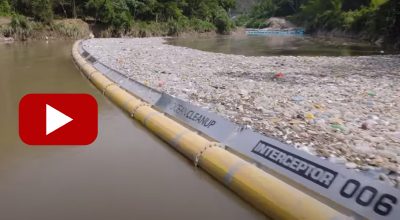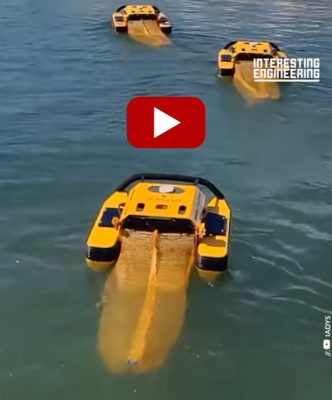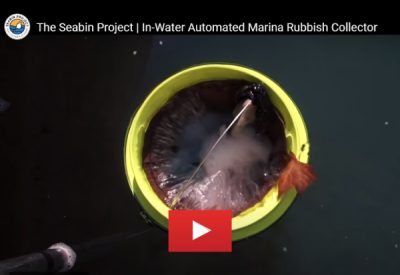 Cleaning Water all over the world is absolutely essential, whether it is preventing chemicals, oil spills, and debris and human waste going into waterways, lakes, and oceans or removing as much of it as we can.
Cleaning Water all over the world is absolutely essential, whether it is preventing chemicals, oil spills, and debris and human waste going into waterways, lakes, and oceans or removing as much of it as we can.
Water is the issue of our time, whether we have too much or too little; if it is clean enough to drink, or if we are poisoning the land and marine life with the toxic chemicals and garbage we dump in the water and place on our crops, gardens, and lawns. We need to work on preserving the clean water we have and cleaning up our oceans, rivers, and lakes on a personal, community, national, and global level on a daily basis in some capacity. Let’s stop making the problem worse and start making it better!
It can start in the grocery store, by choosing eco-friendly products for washing, etc., and being careful with what you’re throwing down your sink and into the storm sewers. Baby steps will make a difference if enough people around the world are taking them.
Some plastics are breaking down into microplastics, making marine life less healthy and infiltrating our food supply. Microplastics have been found within our bodies, even in newborns. You can also make choices with your wardrobe. Microfibres are doing the same thing as microplastics and choosing natural fibers will help the planet in more ways than one. Pesticides that end up in the water system can be replaced with less toxic solutions, such as Neem Oil, an organic insecticide. Fertilizers creep into the water tables and create dead zones creating low-oxygen areas oceans and other waterways, choked by chemicals. Even sunscreen can cause toxicity to marine life and should be carefully monitored by individuals.
Below are many innovations and solutions at work to help make cleaning water all over the world a reality. We especially want to give much praise to ‘The Ocean Cleanup’ projects which are coming up with effective ways to isolate plastic in waterways and oceans. We can’t say enough about their pioneering efforts and results.
Good News Network: Plant-Based Filter Removes Up to 99.9% of Microplastics from Water
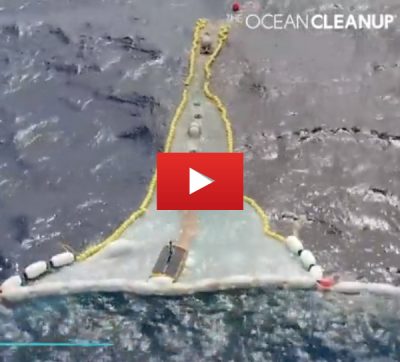
The Ocean Cleanup: Huge barrier capturing floating plastic and debris driven by the current is sent up a conveyor belt for collection
The Ocean Cleanup: Interceptors in Operation
EcoSnippets: Shocking Sea Of Plastic & Styrofoam Captured In Pictures From Caribbean…
We can all do our part like Daniel Toben: Traveling the country, and cleaning up along the way!
Jellyfishbot by IADYS Video: The “Swiss army knife” of the water bodies
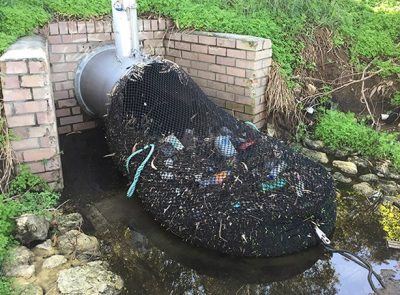
Interesting Engineering: Drainage Nets to Stop Waste from Polluting Waterways
National Post: How Empowerment and Clean Water Saves Lives ~ One small Canadian charity helps people in 88 countries every year and that number is growing!
Evolo: ‘Seawer’- The Garbage-Seacraper rids water of debris.
The Conversation: Why algae can be our next secret weapon to combat plastic pollution
Science Direct: Algae for plastic biodegradation and bioplastics production
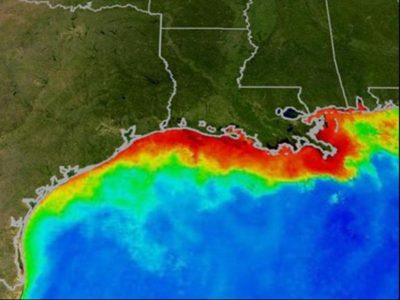
National Geographic: Dead zones are low-oxygen or hypoxic, areas in the world’s oceans and lakes. Because most organisms need oxygen to live, few organisms can survive in hypoxic conditions.
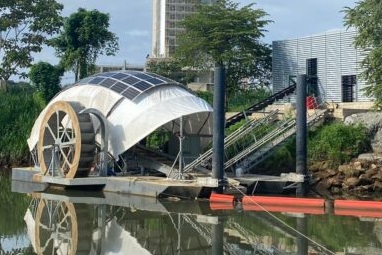
Make A Change World: River barriers to collect debris and make products
EcoWatch: To Protect Its Oceans, Canada Bans Waste Water Dumping From Cruise Ships
Video of Divers cleaning up the seafloor
Indiegogo: Cleaning the Oceans, One Marina at a Time
TKSST: “Ocean Confetti, the Challenge of Microplastics’
Wikipedia-Clean Oceans Int: Converting Plastic to Fuel
Mamavation: Best Non-Toxic Sunscreens (& Ones to Avoid) in 2023
Reefcheck.org – People monitor the reefs to help protect them.
Free Think: Lab-grown coral to help save ocean reefs
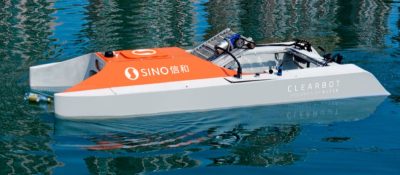
Canada’s Ocean Protection Plan
EcoWatch: Environmental Toxins 101: Everything You Need to Know
National Geographic: ‘Ten Things you can do to save the ocean’
UN – Nations agree to end plastic pollution
Ditch Plastic Packaging: Plastic pollution harms marine life in various ways
